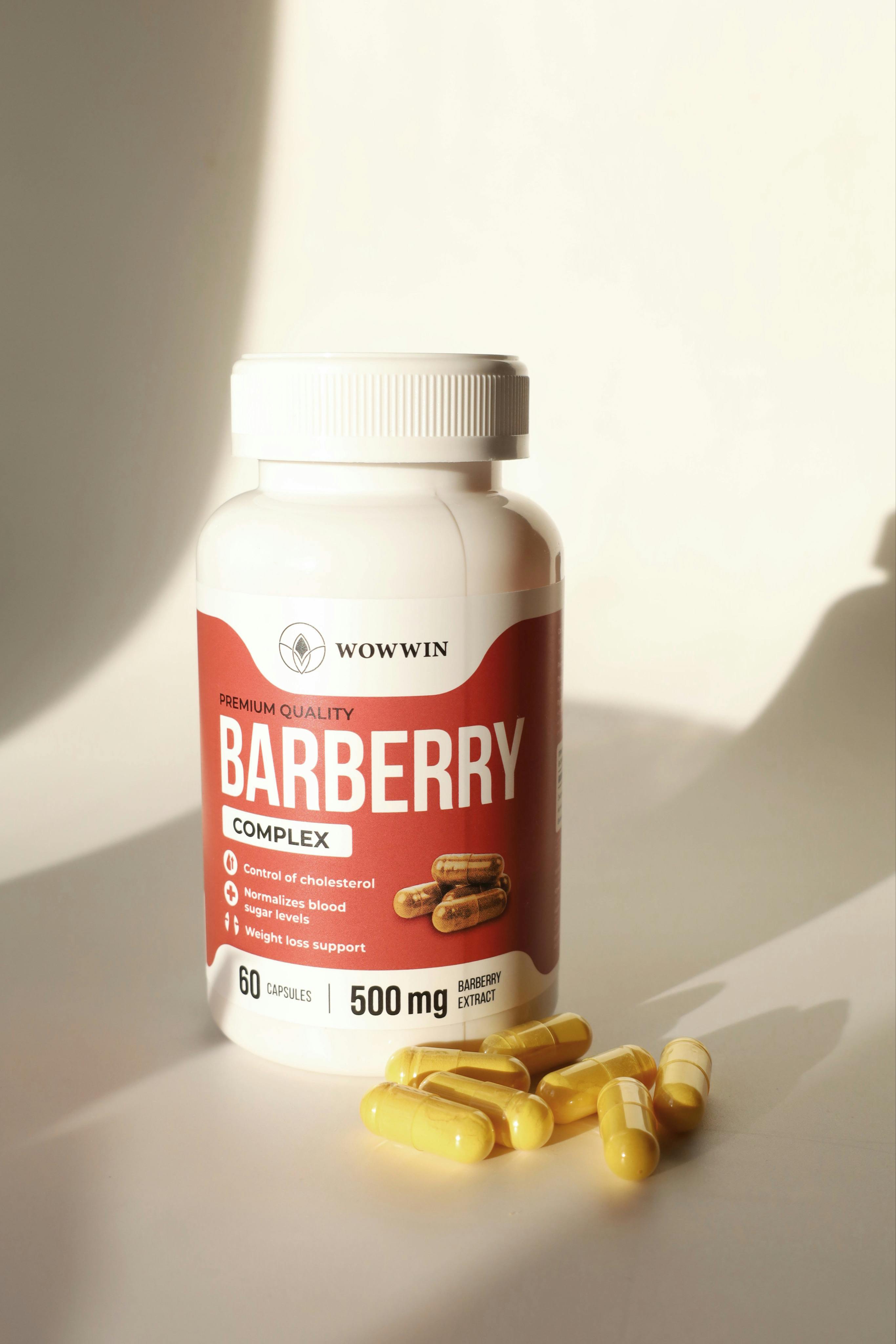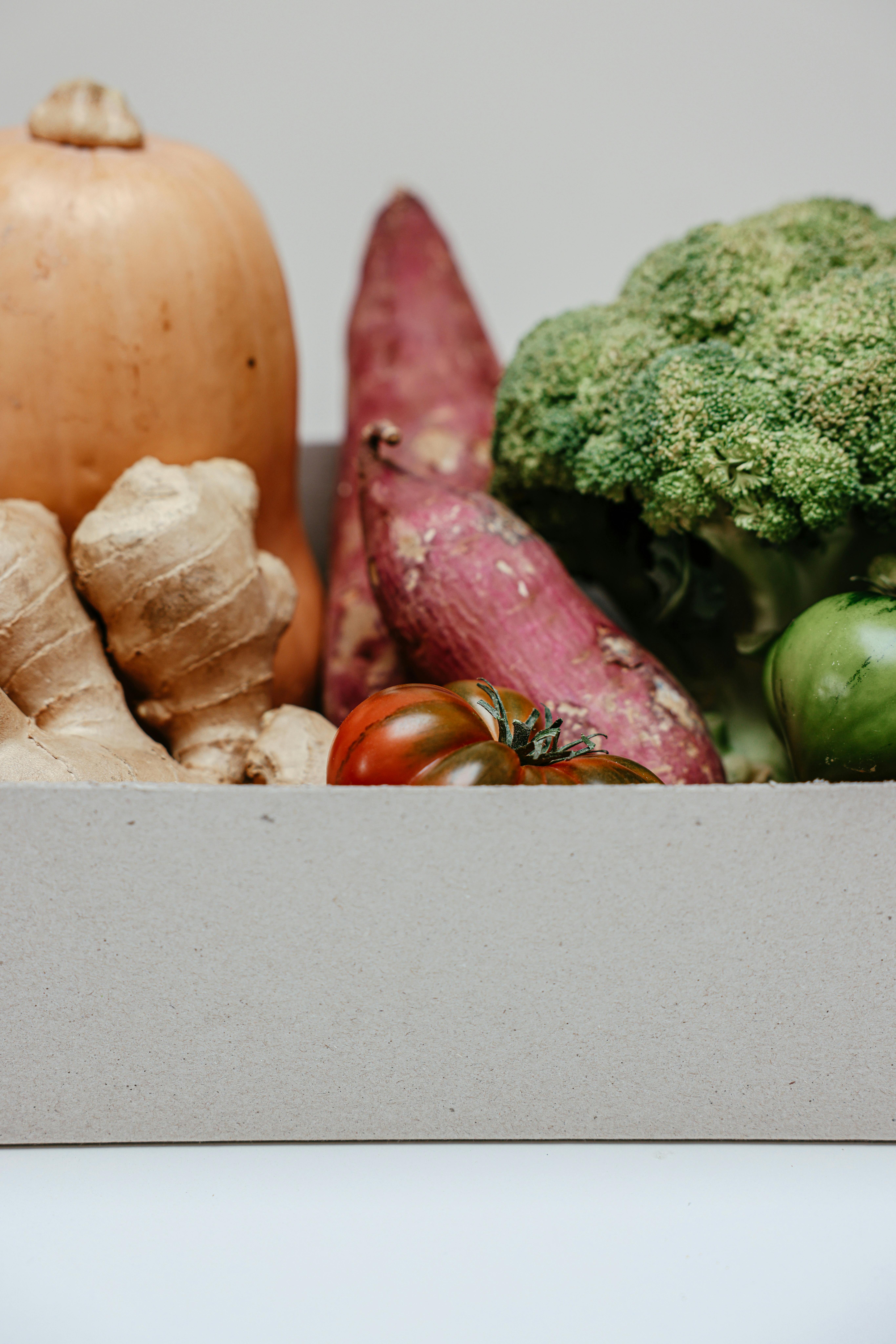
Essential Guide to Raw Cat Food Diet: 10 Practical Tips for Optimal Health in 2025
The raw cat food diet is gaining traction among pet owners who aim to provide their felines with a natural and nutrient-rich dietary option. A raw cat food regimen mirrors a cat's ancestral dietary choices, offering high protein and essential nutrients, which many commercial cat foods often lack. As we step into 2025, understanding the impact of nutrition on cat health has never been more crucial. This comprehensive guide will delve into the benefits of raw cat food, how it can transform your feline's health, and practical tips for transitioning to this diet.
Throughout this article, we will address common concerns related to raw feeding, including sourcing organic ingredients, ensuring balanced meals, and overcoming dietary myths. You'll discover essential tips to safely introduce raw food to your cat, manage potential challenges, and maintain optimal health through their diet. Our objective is to provide you with practical, actionable insights that cater to both raw food beginners and experienced pet owners.
By the end of this guide, you'll be equipped with the knowledge needed to make informed decisions about your cat's nutrition, ensuring they thrive on a diet that supports their health and well-being.

Understanding the Raw Cat Food Diet
Building on the importance of feline nutrition, let's dive into what constitutes a raw cat food diet. This method focuses on feeding your cat unprocessed foods, concentrating on raw meats, organs, and some bones, mimicking the natural diet of wild cats. The philosophy behind this approach is that a diet rich in protein and devoid of fillers can enhance a cat's overall health.
Advantages of Raw Cat Food
The primary benefits of raw cat food lie in its nutritional profile. Studies indicate that diets incorporating fresh ingredients can lead to improved coat quality, enhanced energy levels, and better hydration. Moreover, for certain cats, especially those with food allergies or sensitivities, a raw diet can alleviate or minimize adverse reactions.
Components of a Balanced Raw Cat Diet
A balanced raw cat diet consists of essential nutrients tailored to meet feline dietary needs. Key elements include protein sources like chicken, beef, or fish, supplements for vitamins and minerals, and hydration through fresh food options. A well-rounded diet often combines various ingredients to provide a comprehensive range of nutrients.
Common Myths About Raw Feeding
Despite the growing popularity of raw cat diets, misconceptions persist. Many believe that raw feeding isn't safe due to potential bacteria. However, with proper handling and preparation practices—such as using high-quality ingredients and maintaining clean kitchens—owners can mitigate risks effectively. This will set the stage for understanding how to safely transition into a raw feeding routine.
Transitioning Cats to a Raw Food Diet
With these basics established, transitioning your cat to a raw food diet requires a strategic approach to ensure a smooth and successful change. Cats can be finicky eaters, so patience and creativity during this transition are vital.
Step-by-Step Transition Process
Begin by gradually introducing raw food into your cat's existing diet. Start with small portions and mix raw food with their usual kibble. Over a week or two, slowly increase the amount of raw food while decreasing the kibble until your cat is fully on a raw diet. This gradual process helps in reducing gastrointestinal stress and allows your cat to adjust to new flavors and textures smoothly.
Identifying Your Cat's Preferences
Observe your cat’s responses during the transition. Some cats may enjoy particular meat types over others. Tailoring their diet to include preferred proteins can help make the transition more successful. Using high-quality raw ingredients greatly enhances the appeal of meals.
Monitoring Health During the Transition
Keep a close eye on your cat's health during the transition. Look for signs of gastrointestinal upset, weight changes, or alterations in behavior. Consulting with your veterinarian can provide insights on adjusting the diet appropriately and ensuring that all nutritional needs are being met.
Benefits of Raw Cat Food for Optimal Health
Taking this concept further, let’s explore the extensive benefits of raw cat food which can directly enhance your feline's health. A raw diet not only offers high-quality nutrition but also supports various health aspects.
Promoting Healthy Skin and Coat
One of the primary benefits of raw cat food is its significant impact on the skin and coat condition. The high protein content, along with omega fatty acids from certain meat sources, contributes to a shinier, healthier coat. Many pet owners report visible improvements in fur softness and shine after switching to a raw diet.
Supporting Digestive Health
Raw food is often easier for cats to digest than processed commercial diets, leading to healthier and more consistent stools. Additionally, the introduction of natural enzymes found in raw food helps in maintaining gut flora balance and preventing digestive upsets.
Enhancing Natural Behavior and Energy Levels
Feeding your cat a natural diet can lead to increased energy levels and more active behavior. Many owners notice their cats being more playful and engaged after switching to a raw food regimen. This energy boost can be crucial in ensuring your cat stays active and healthy.
Selecting the Best Raw Cat Food Brands
To maximize the benefits of raw feeding, it's essential to choose reputable brands known for quality and safety. With various options available, knowing which brands prioritize high-quality raw ingredients is key to ensuring your cat receives balanced nutrition.
Evaluating Raw Cat Food Brands
When considering raw cat food brands, look for those that source their ingredients ethically and highlight the nutritional value of their products. High protein and low carbohydrate formulations are ideal. Brands that incorporate veterinary advice into their formulations can also provide added reassurance regarding nutritional adequacy.
Raw Food Delivery Services
For convenience, consider utilizing raw cat food delivery services that specialize in providing fresh, high-quality ingredients directly to your home. These services often allow tailored meal plans based on your cat's dietary needs and can save you time in sourcing raw food ingredients.
Budget-Friendly Options for Raw Feeding
Don’t overlook cost-effective options in raw feeding. While premium brands offer excellent nutrition, you can also prepare homemade meals using quality bulk ingredients. Balancing high-quality sources with budget-friendly practices can make raw feeding both sustainable and affordable.

Preparing Raw Cat Meals: Safety and Efficiency
Following this approach, it's essential to understand the safety measures needed when preparing raw cat meals. Proper kitchen practices for raw feeding guarantee that your cat enjoys meals free from pathogens that could lead to health issues.
Best Practices for Raw Food Preparation
When preparing raw meals, always use clean surfaces and utensils to prevent cross-contamination. Store raw food in sealed containers and ensure proper refrigeration to keep ingredients fresh. Additionally, always wash your hands after handling raw food to maintain hygiene.
Storing Raw Cat Food Safely
Understanding how to store raw cat food is crucial. Freeze raw meals in portion-sized containers to ensure they are easily accessible. Avoid leaving raw food out at room temperature for extended periods to prevent bacterial growth.
Common Mistakes to Avoid When Preparing Raw Meals
Many pet owners mistakenly overcomplicate meal preparation. Striving for perfection can lead to stress; instead, focus on providing variety and balance without getting bogged down in precise measurements. It’s also vital to avoid using poor-quality or spoiled ingredients, which can negate the benefits of raw feeding.
Common Questions About Raw Cat Food Diets
Transitioning to a raw food diet can raise various questions among cat owners. Below are some commonly asked questions regarding raw cat food.
Is raw cat food safe for all cats?
Raw cat food is generally safe, but the individual health status of your cat should be considered. Kittens, elderly cats, and those with specific health issues require special dietary considerations. Consulting your veterinarian is essential before making any significant changes.
What should I include in my cat's raw diet?
A balanced raw diet includes a variety of protein sources, supplements for vitamins and minerals, and occasional vegetables. Ensure that the diet is appropriately tailored to meet the specific needs of your cat.
How can I ensure my cat transitions smoothly to a raw food diet?
Begin slowly, mixing raw food with current meals and gradually reducing the previous diet. Giving your cat time to adjust is essential for a successful transition.
What are some potential risks of raw feeding?
Potential risks include bacterial contamination and nutritional imbalances. Proper sourcing, food handling, and veterinary advice can help mitigate these risks effectively.
Are there any raw cat food delivery services recommended?
Numerous raw cat food delivery services focus on quality, such as [Eat Prime](https://eatprime.info/?p=1440). Always read reviews and check ingredient sources when selecting a service.
Can raw diets help with food allergies in cats?
Many pet owners find that a raw diet helps alleviate food sensitivities and allergies. Choosing single-source proteins can assist in identifying and eliminating allergens.